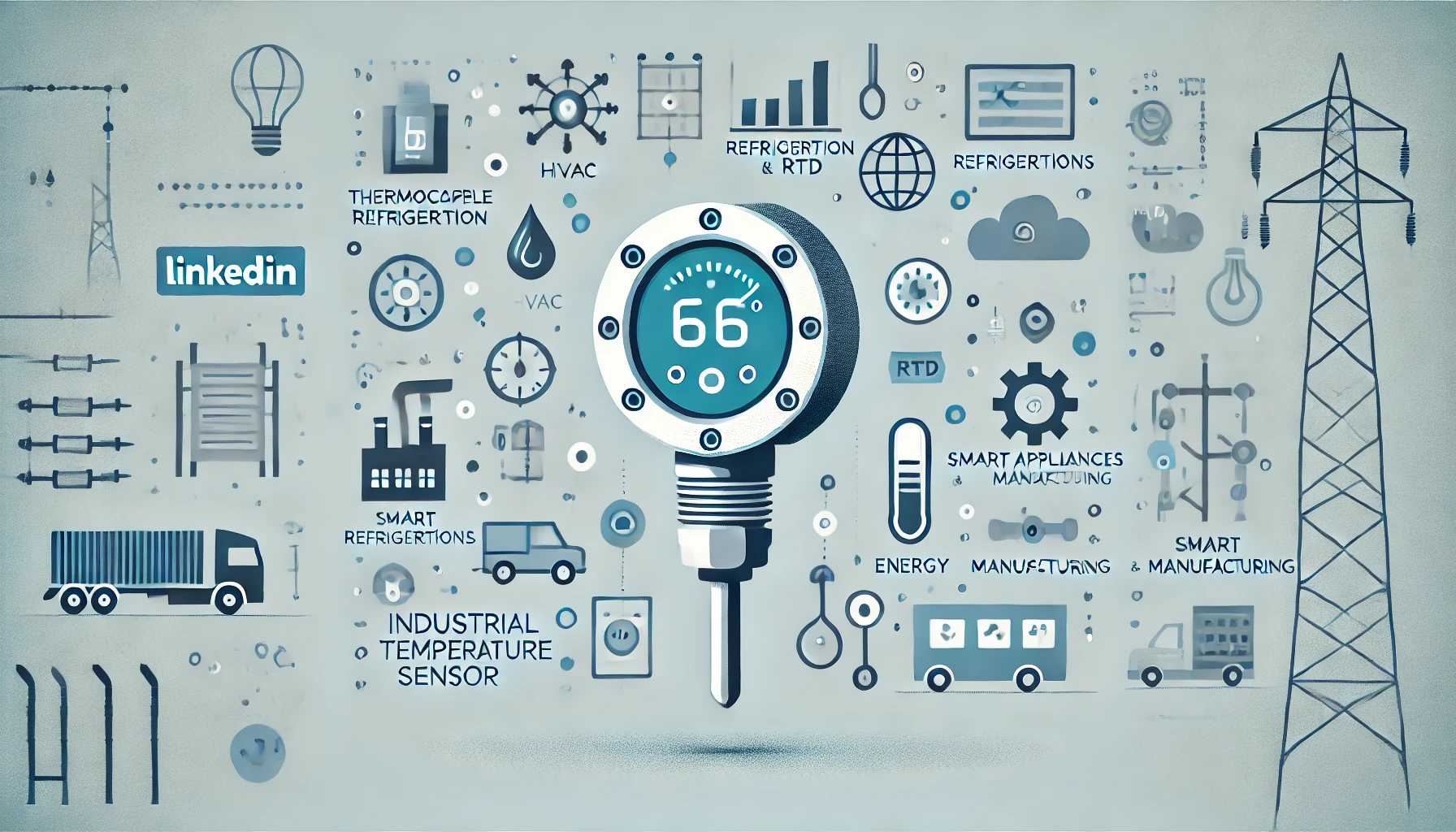In the heart of every technological marvel, from smartphones to industrial machines, lies a complex web of electronic components. These tiny yet powerful entities are the building blocks of our digital world. As we stand on the brink of a new era, the electronic component industry is undergoing a transformation that is both exciting and challenging. Whether you’re a tech enthusiast, an industry professional, or simply curious about the future, the trends shaping this industry are nothing short of fascinating.
The Pulse of Progress: An Overview
The rapid evolution of technology has put the electronic component industry at the forefront of innovation. As we navigate through this digital landscape, it’s crucial to understand the key trends that are driving this sector forward—especially for components like temperature sensors, thermistors, and other thermal management solutions.
Miniaturization: The Art of Smaller, Smarter Components
Miniaturization is not just a trend; it’s a revolution. The quest for smaller, more efficient components has led to breakthroughs in design and manufacturing. This trend is driven by the demand for sleeker devices with more computing power, where precision temperature sensors play a vital role in thermal management.
The Drive for Efficiency
Miniaturization is not just about aesthetics; it’s about efficiency. Smaller components generate less heat and consume less power, making them ideal for battery-operated devices. This efficiency is critical for thermal-sensitive applications, where thermistors and temperature sensors are vital in controlling temperature fluctuations.
The Future of Moore’s Law
As we approach the physical limits of silicon-based transistors, the industry is exploring new materials and technologies to continue the trend of miniaturization, with advanced thermal solutions being integral to future designs.
The Internet of Things (IoT): A New Frontier
The rise of the Internet of Things (IoT) has created a demand for components that can communicate and interact with each other. This interconnected web of devices is driving the need for more sophisticated and versatile components, including temperature sensors that help maintain and control thermal conditions in connected environments.
The Expanding IoT Universe
From smart homes to industrial automation, IoT is transforming how we live and work. Accurate temperature sensors, like those produced by StarLight Sensor, are essential in ensuring that devices operate within optimal temperature ranges for safety and efficiency.
Security and Reliability
As IoT devices proliferate, concerns about security and reliability grow. High-quality components such as thermistorsand thermal sensors help maintain stable performance, preventing overheating and ensuring device longevity.
5G and Beyond: The Speed of Connectivity
The advent of 5G technology has ushered in a new era of connectivity, with speeds that far surpass previous generations. This has significant implications for the electronic component industry, particularly in temperature managementsolutions.
Components for Speed
To harness the full potential of 5G, components like thermal sensors must handle higher frequencies and data speeds. This requires innovative materials and designs, such as the temperature sensors developed by StarLight Sensor.
Sustainability: Greening the Industry
As the world becomes more environmentally conscious, the electronic component industry is under pressure to adopt sustainable practices. Thermal management solutions are pivotal in reducing energy consumption and ensuring efficiency.
Eco-Friendly Materials
The shift towards using eco-friendly materials in component manufacturing is gaining momentum. This includes the development of temperature sensors with low environmental impact.
Energy Efficiency
Components are being designed with energy efficiency in mind, reducing the overall carbon footprint of devices and systems, with StarLight Sensor leading the way in producing energy-efficient thermistors and temperature sensors.
Artificial Intelligence (AI) and Machine Learning
The integration of AI and machine learning into electronic components is opening up new possibilities for intelligent design and automation.
Smart Components
Temperature sensors and thermistors are becoming smarter, capable of learning from their environment and adapting their performance accordingly.
The Human Touch: Skills and Talent in the Industry
As technology advances, so does the need for skilled professionals in the electronic component industry.
Training and Education
With a focus on precision components like thermistors and temperature sensors, investing in training ensures a workforce that can keep pace with technological advancements.
Conclusion
The electronic component industry is at the crossroads of innovation and tradition, with trends that are shaping the future of technology. From miniaturization to sustainability, the industry is constantly evolving to meet the demands of a digital world. As we look to the future, one thing is certain: temperature sensors, thermistors, and other thermal management solutions will play an integral role in the development of next-generation technologies.
StarLight Sensor, a professional Manufacturer in temperature sensor production, continues to innovate and provide high-quality solutions for industries worldwide. Contact us today to learn more about our cutting-edge products and how they can meet your thermal management needs.





